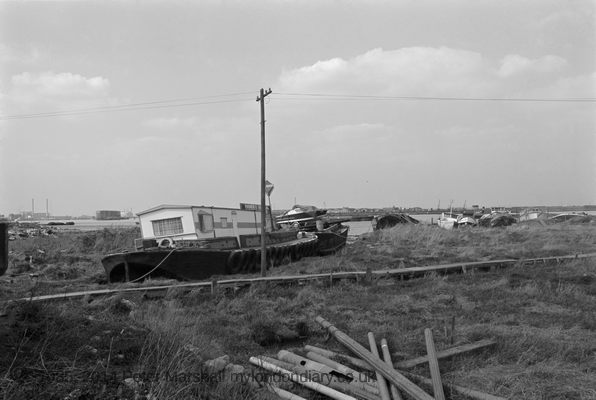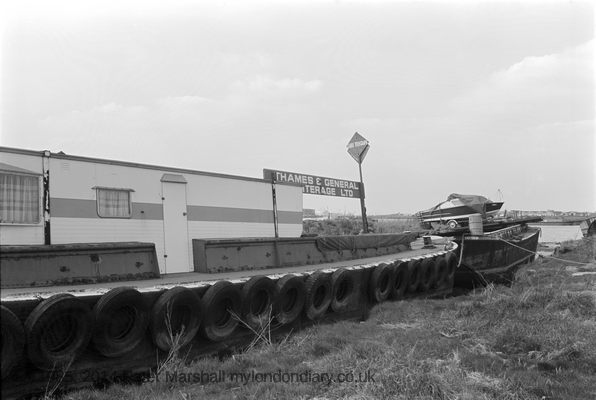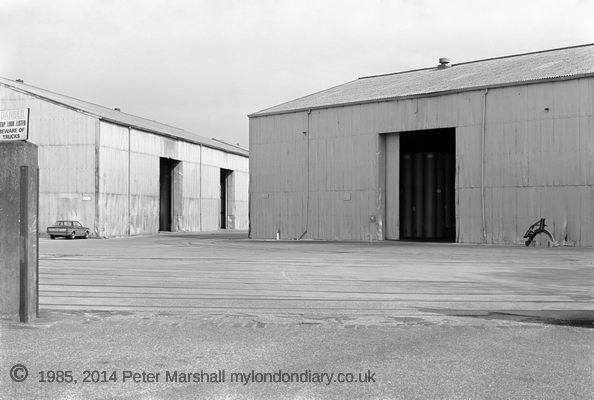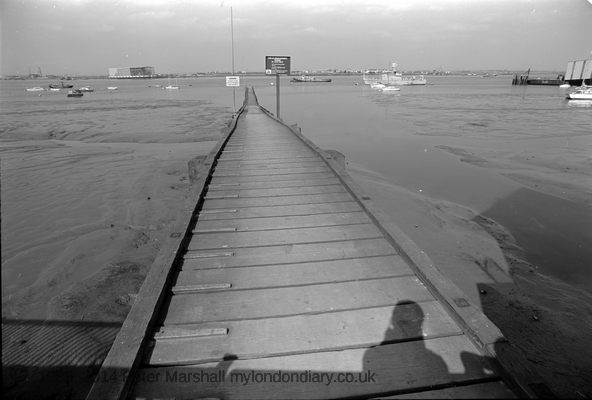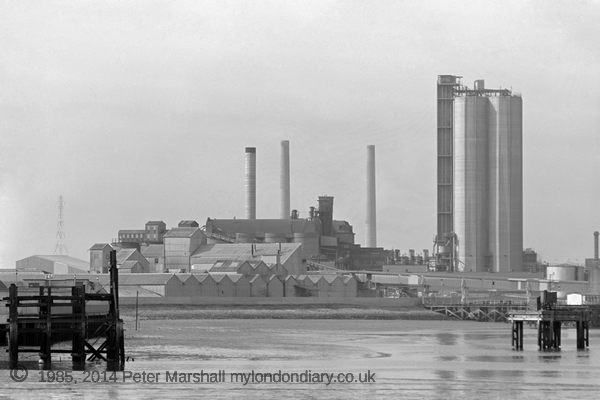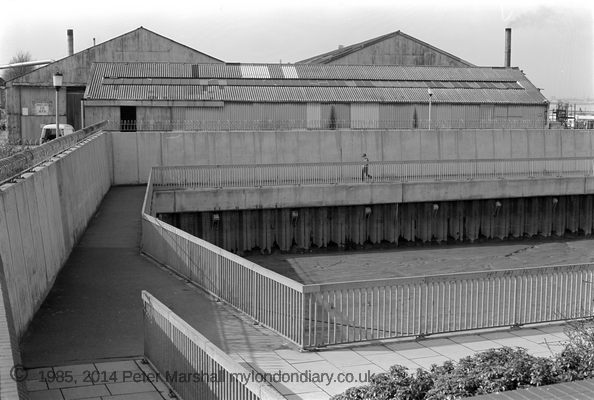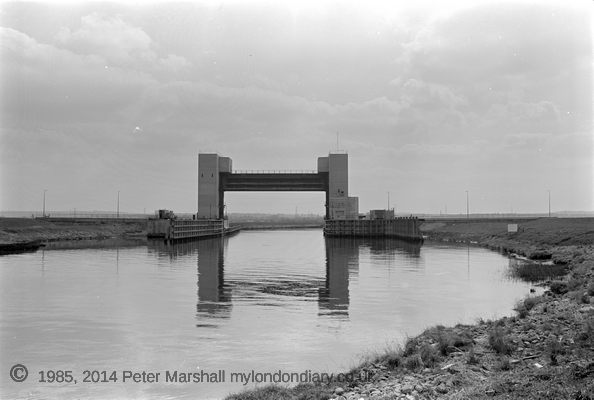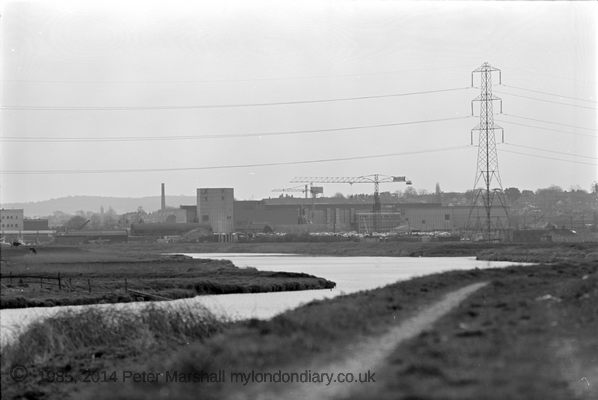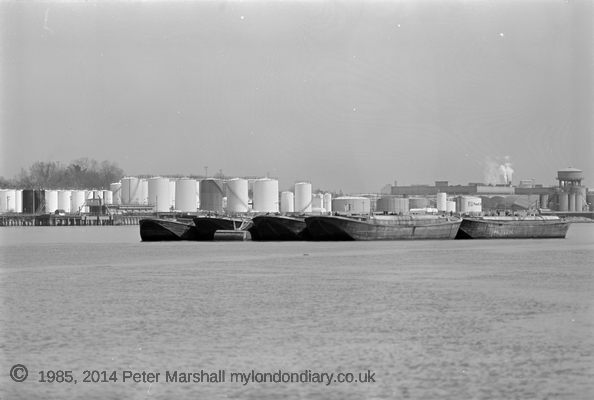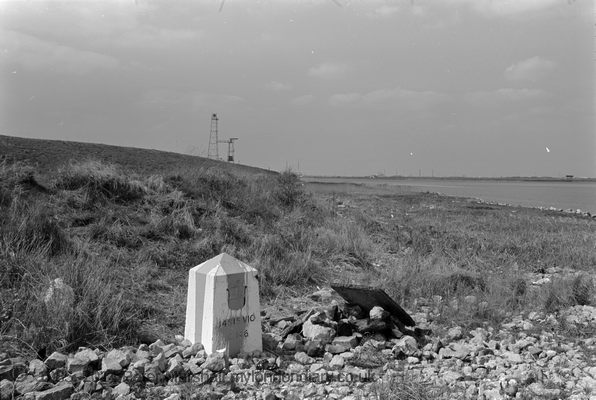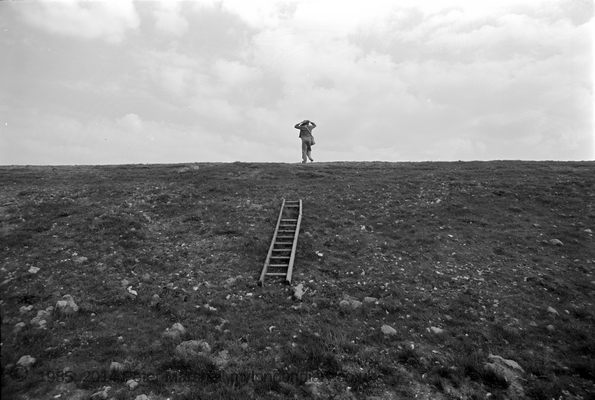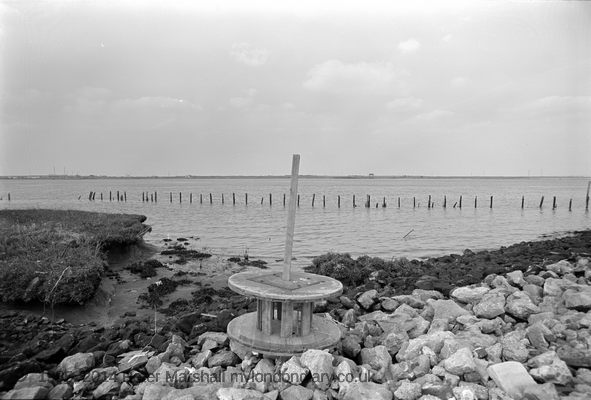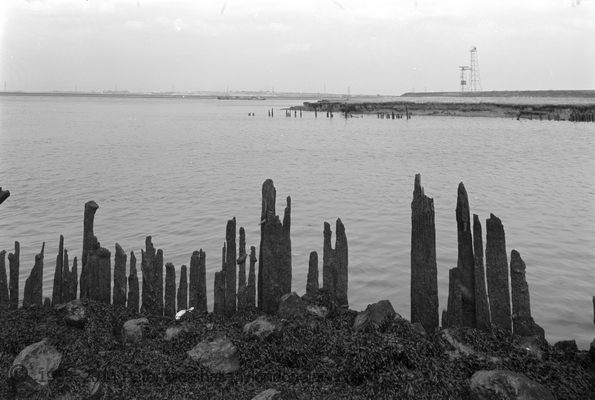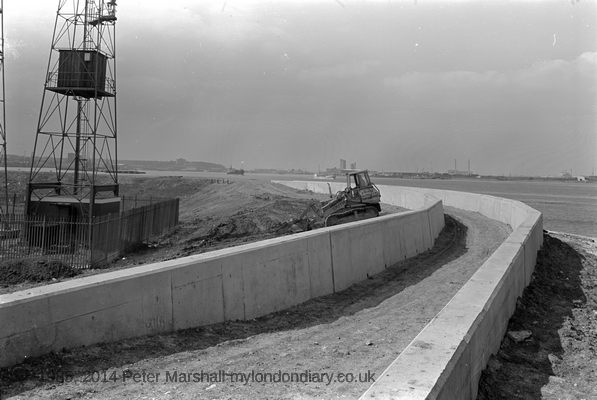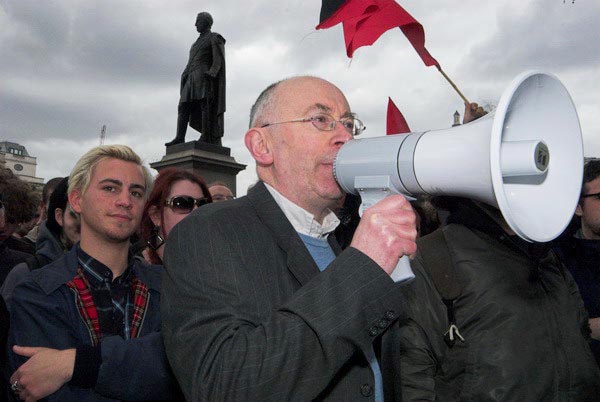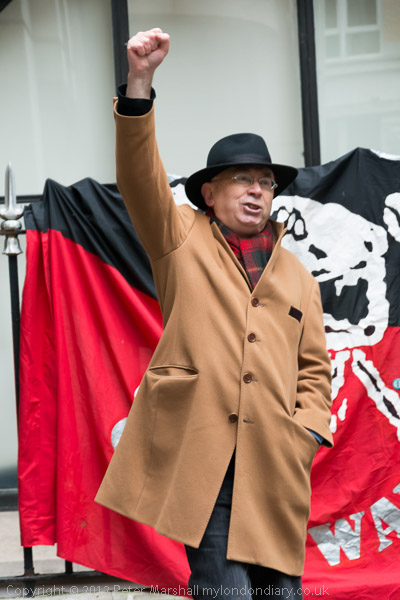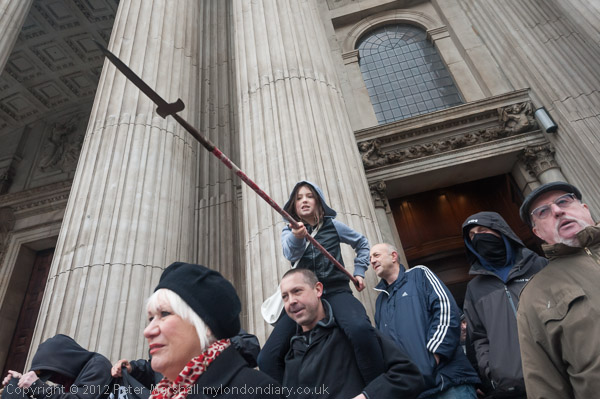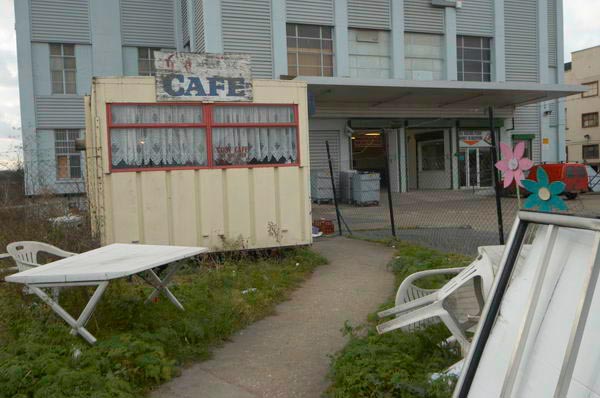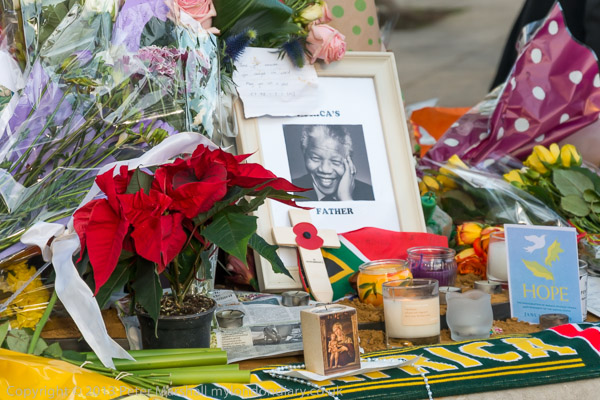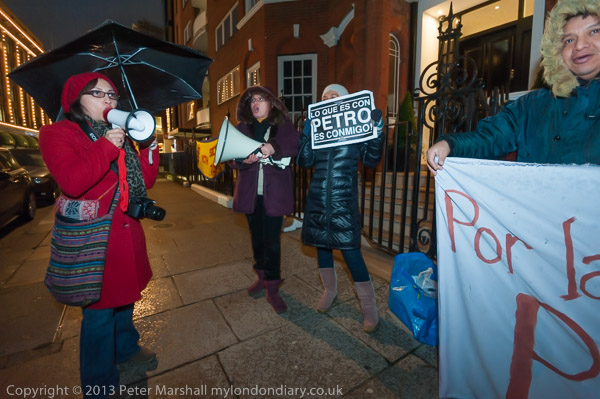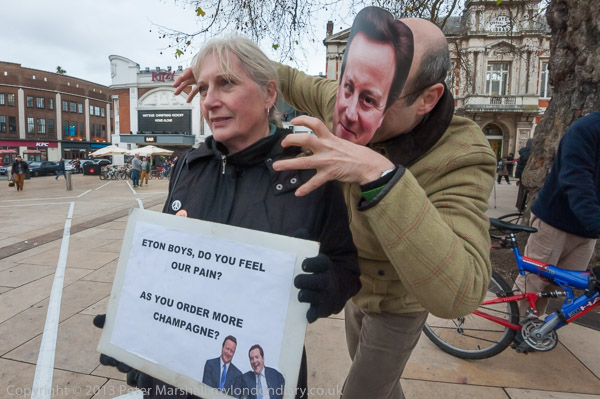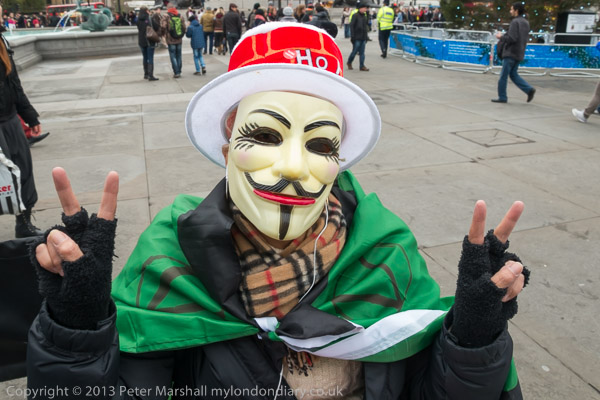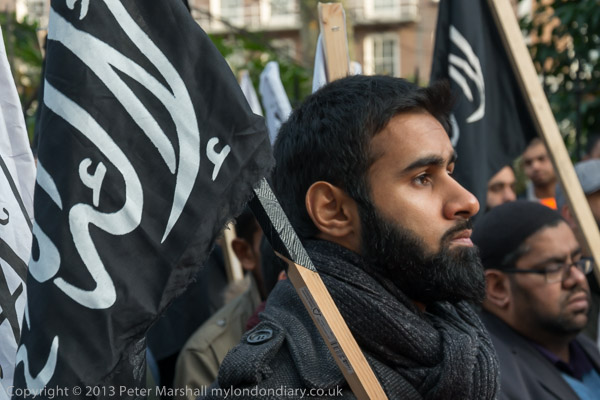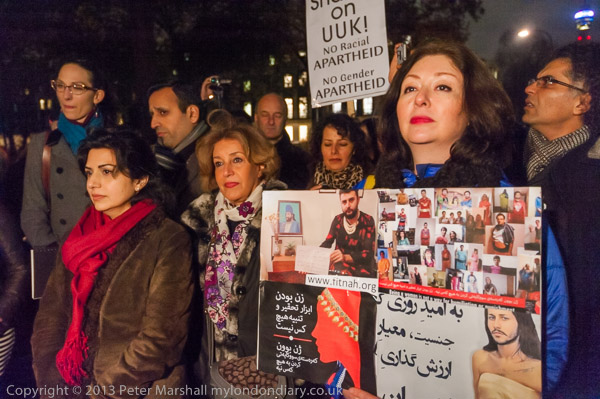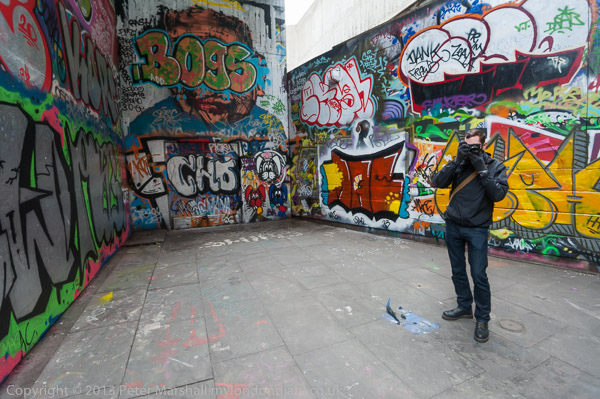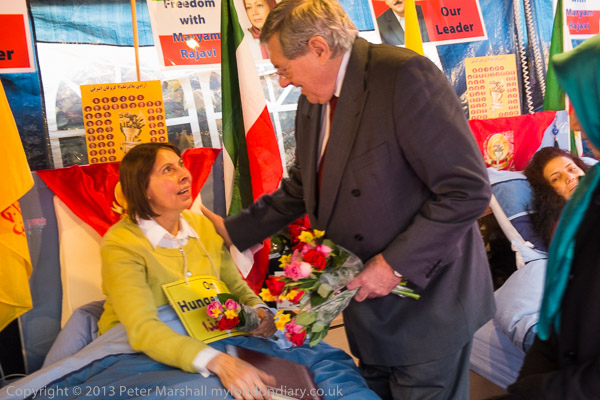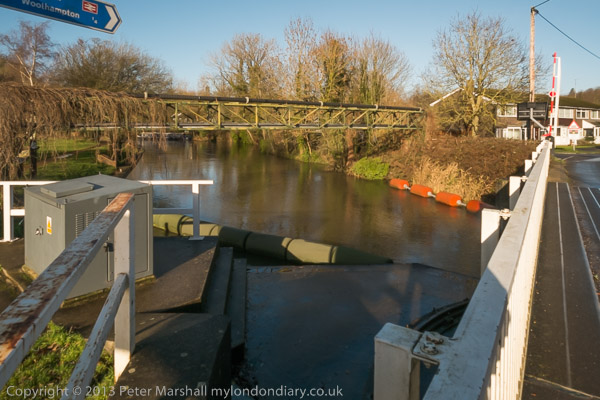
I can see no distortion in the 14mm images
Usually either on New Year’s Eve or New Year’s Day my family – or that part of it which has managed to get together at that season like to go out for a walk. I’m just a little less enthusiastic than my wife or elder son, both of whom seem naturally to walk faster than me, and especially when I keep stopping to take pictures, I find myself spending most of the rest of the day trotting after them to catch up. Their idea of a good walk often seems more like a route march to me, I like to take my time, look around me and enjoy the scene – and take a few pictures. My son takes pictures too, but rather fewer than me, and he travels lighter, with just a Fuji X100. I tried doing the same, but find the 35mm equivalent lens too frustrating, seldom quite wide enough. A 28mm would be much better, I could perhaps live with that, and happily crop a bit where a 35 or a 50mm would have been more suitable. With files almost 5000 pixels wide you can afford to lose quite a bit unless you want seriously large prints.
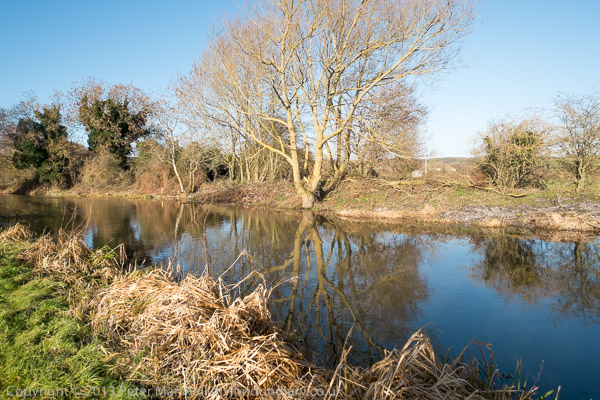
All images in this post: Fuji X-Pro1, Fuji-x 14mm f2.8
Actually, no I couldn’t really live with that. Because even with the Fuji X-Pro1 and the 18-55mm zoom, equivalent to 27-82mm, I found myself often wanting something wider. And shortly before Christmas I succumbed to the Fuji-X 14mm f2.8, finding I could buy it from Hong Kong at a little over half the recommended price it had launched at here.
It’s been my experience over the years that photo equipment very seldom goes wrong until at least a month after the guarantee expires – even for someone like me who uses rather than mollycoddles equipment. The only exception I can think of, the importer refused to honour the guarantee telling me the lens had been subject to ‘impact damage’. I hadn’t dropped it, just carried it in a camera bag on on a camera around my neck – any impact it had suffered I had too, and it hadn’t gone beyond what I’d consider normal wear and tear. So I’m not too worried that it may be more difficult to claim on the guarantee. If the price difference was only a few pounds I’d probably have bought it from a UK dealer, but it was well over a hundred difference.
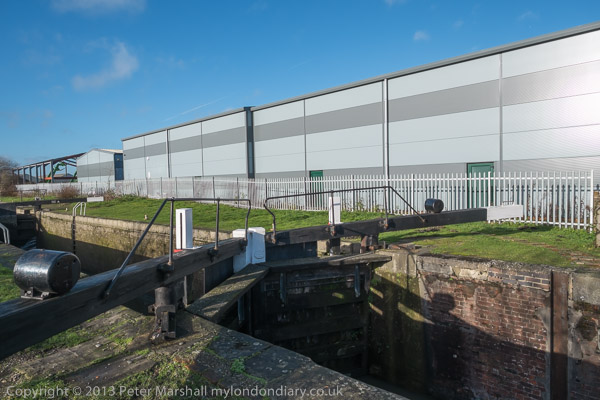
It arrived beautifully wrapped and on a Friday only five days after I ordered on-line (and two of those were Christmas and Boxing Day.) Unfortunately I was out, so all I got was a postcard, and the first day I could be in for delivery was the following Monday, when I finally got to unwrap and see it.
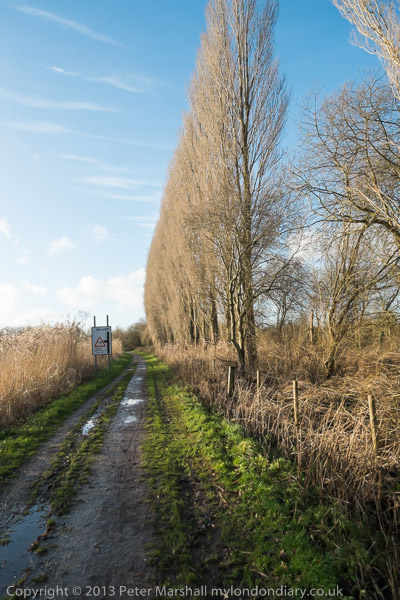
It is a lens that really looks and feels good; rather large for a 14mm (21mm equivalent) though not huge, and it makes either the X-Pro1 or the X-E1 into a reasonably compact camera – comparable to a Leica rather than pocketable. Autofocus is fast (with the latest firmware upgrades for camera and lens) though with a 14mm focussing is largely unnecessary. The focus ring pushes forwards for autofocus, but pulls back to reveal a focus scale with depth of field markings for manual focus. The only less than impressive aspect is the removable lens hood, which is identical to that for the 18-55 zoom. The lens works nicely with the X-Pro1 optical viewfinder which is probably the main way I’d use it, and is also good with the electronic viewfinder.
It’s hard to measure or quantify some things, but this lens just feels right on the X-Pro1, just as the Minolta 28mm did on the Minolta CLE (always ny favourite Leica) or the old 35mm Summilux I used for years on the M2 (the later versions are too large and far too expensive.) So I was keen to try it out and this walk was the first real opportunity.
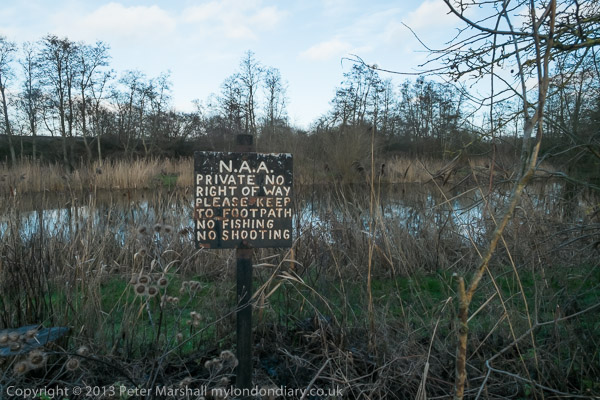
As we walked on it began to get noticeably darker
In general I was very pleased with the results, and the lens was a joy to use. Though I still have some doubts about the camera system as a whole. Although the results are excellent, I’m still unsure that Lightroom gets the best out of the system. The images seem fine, but when you zoom to 100% the images have an odd quality, quite unlike those from a Nikon, looking rather more like paintings than photographs. It may not be important at normal images sizes, but I find it disturbing.
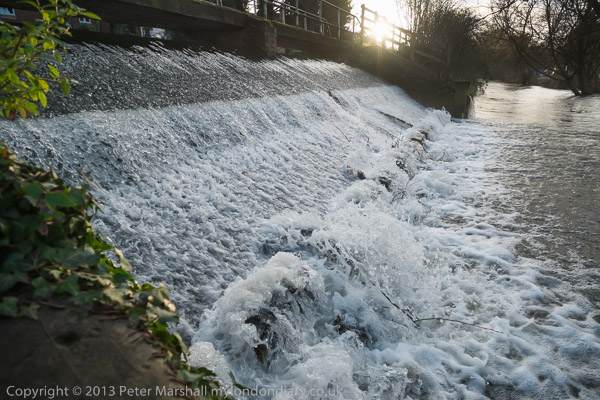
I took both the Fuji X-Pro1 with the 14mm and the X-E1 with the 18-55 zoom and also the Samyang 8mm fisheye, giving me a pretty wide range of possiblities, but even with both bodies weighing altogether less than a Nikon D700 with the 16-35 zoom.
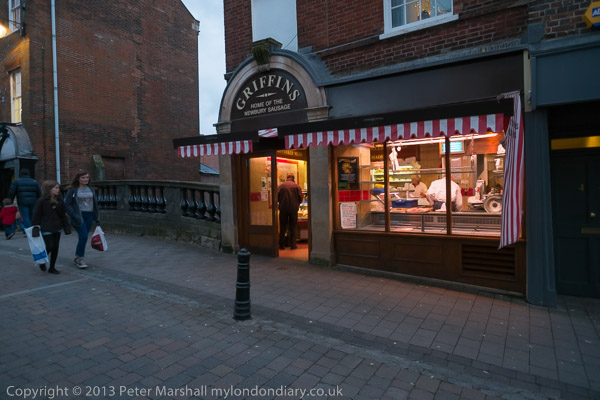
The home of the Newbury Sausage – and we arrived just before it closed.
I can recommend the Newbury sausages, and also the Fuji 14mm f2.8.
More pictures with the 14mm, 18-55mm and a few with the 8mm at Kennett & Avon: Newbury. It’s a lens I’ll be using more of later this year.
(more…)
